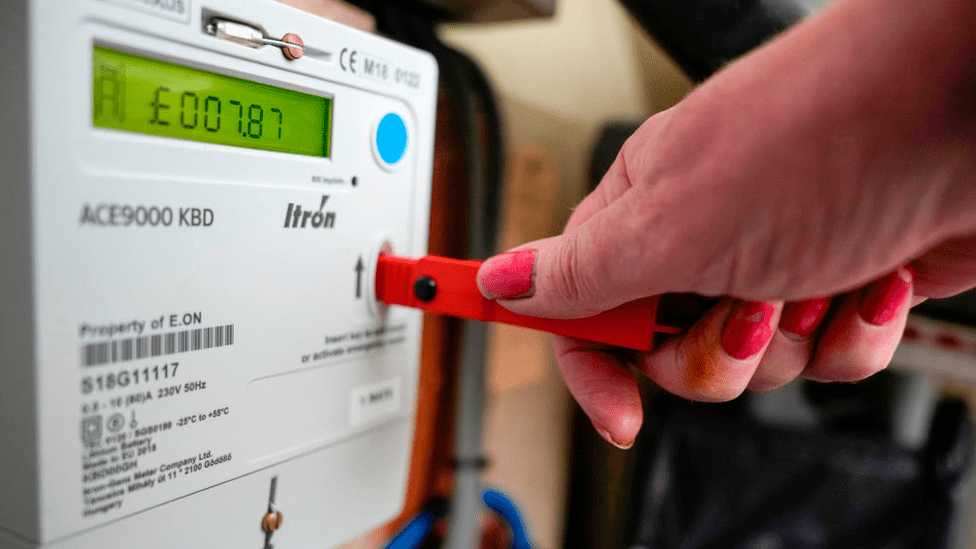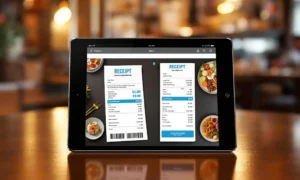Millions of UK households still rely on prepayment meters to manage their gas and electricity costs. But while traditional key and card systems have long been associated with higher prices and limited flexibility, a quiet revolution is underway.
Smart Pay-As-You-Go (PAYG) technology is reshaping how households monitor and pay for energy, offering more control, transparency, and access to cheaper deals than ever before.
According to Ofgem, more than four million UK households currently use prepayment meters — a figure that rose sharply during the cost-of-living crisis. Many were moved onto these meters after falling into debt, locking them into tariffs that often charged more per unit of energy than standard credit plans.
Now, as suppliers upgrade customers to smart meters and introduce new digital tariffs, the way prepayment energy works is changing rapidly.
The problem with traditional prepayment meter tariffs
Prepayment meters were once marketed as a budgeting tool, allowing households to top up energy credit in advance. But older systems — which required physical keys or cards — came with drawbacks.
Customers had to visit pay points or shops to top up, and tariffs were usually higher than direct debit alternatives. This created a cost gap between low-income or vulnerable households and those on credit meters.
Tim Bailey, Head of Partnerships at Free Price Compare, said:
“For years, prepayment users have paid more despite using less energy. The biggest issue has always been access — limited tariff choice, higher unit costs, and fewer ways to monitor usage. Smart technology is finally starting to close that gap.”
How smart PAYG changes the game
Smart Pay-As-You-Go meters allow households to top up energy from a smartphone app, online account, or automated payment schedule — no more queuing at local shops or worrying about running out of credit overnight.
More importantly, smart systems give real-time visibility of consumption. Households can see how much each appliance uses, track remaining credit in pounds and pence, and receive low-balance alerts.
Bailey explained:
“This level of control is something prepay customers have never had before. Instead of guessing how much power they’ve used, they can see it instantly. That helps them stay on top of costs and make informed decisions — which is vital during winter.”
Access to more competitive tariffs
For years, prepay customers were excluded from the best market rates. That’s beginning to change. Ofgem’s April 2024 parity rule ensures that prepayment meter users now pay the same standing charges as direct debit customers under the price cap — a major step toward fairness.
At the same time, suppliers are starting to offer more flexible smart tariffs designed for digital PAYG users. Some even allow customers to switch payment methods without changing their meter, giving them access to standard or fixed-rate plans.
By using online tools to find cheaper energy deals, households can now compare prepayment options alongside standard tariffs to see which works best for their situation.
Bailey noted:
“Smart prepayment technology has opened the door to true choice. Customers can now move between tariff types, compare costs instantly, and even shift to credit payments once their account is in good standing. That was impossible just a few years ago.”
How to compare modern prepayment tariffs
Not all prepayment plans are created equal. Some suppliers now include discounts for managing accounts digitally, while others offer off-peak rates for homes that use more power overnight or during weekends.
Consumers are advised to use trusted comparison platforms to identify which suppliers support smart top-ups and whether newer PAYG tariffs are available in their area. Sites like Free Price Compare provide an overview of current prepayment meter tariffs and smart compatibility, helping customers find fairer prices without needing to switch hardware.
Better control and budgeting
One of the biggest benefits of smart prepayment energy is flexibility. Households can now spread payments, set spending limits, and monitor usage down to the day. This helps prevent debt accumulation and self-disconnection, two major issues linked to traditional prepay meters.
“Energy costs are stressful for many families, but technology is starting to make a real difference,” Bailey said. “We’re seeing people take charge of their own usage and budget smarter, without being penalised for how they pay.”
A fairer future for all customers
As more homes upgrade to smart meters, suppliers are under pressure to offer equal treatment across all payment types. Prepayment customers — long among the hardest hit by price disparities — are finally gaining access to the same transparency and tariffs as credit users.
While Ofgem’s cap ensures basic protection, digital innovation is now doing what regulation alone couldn’t: giving households freedom of choice.
Bailey concluded:
“The goal is simple — every customer should have equal access to affordable energy, regardless of how they pay. Smart PAYG and comparison tools make that possible.”





























